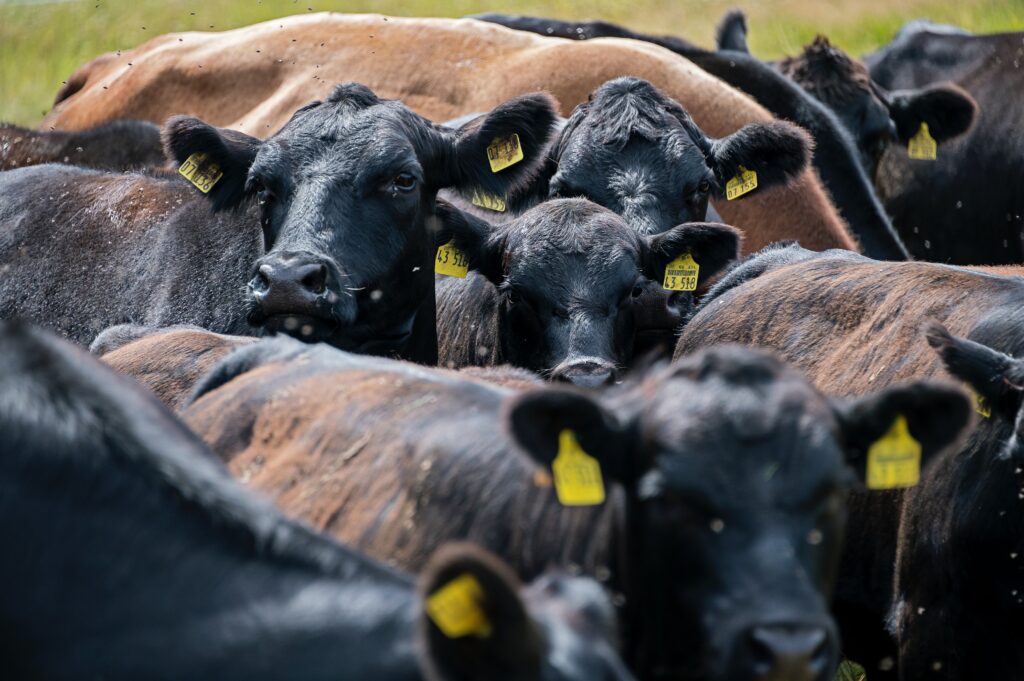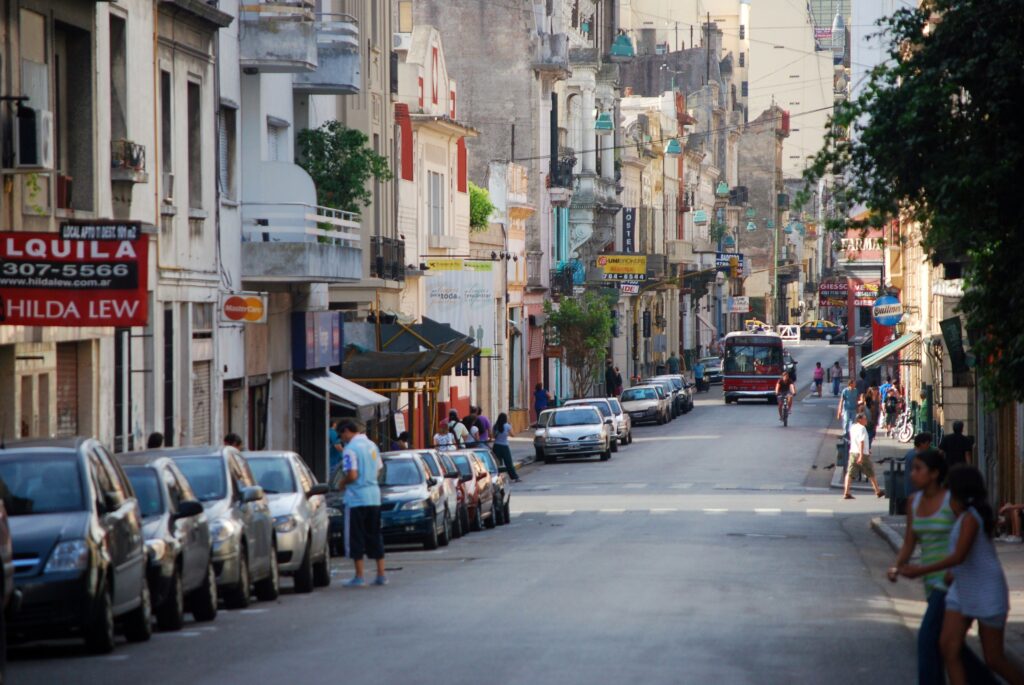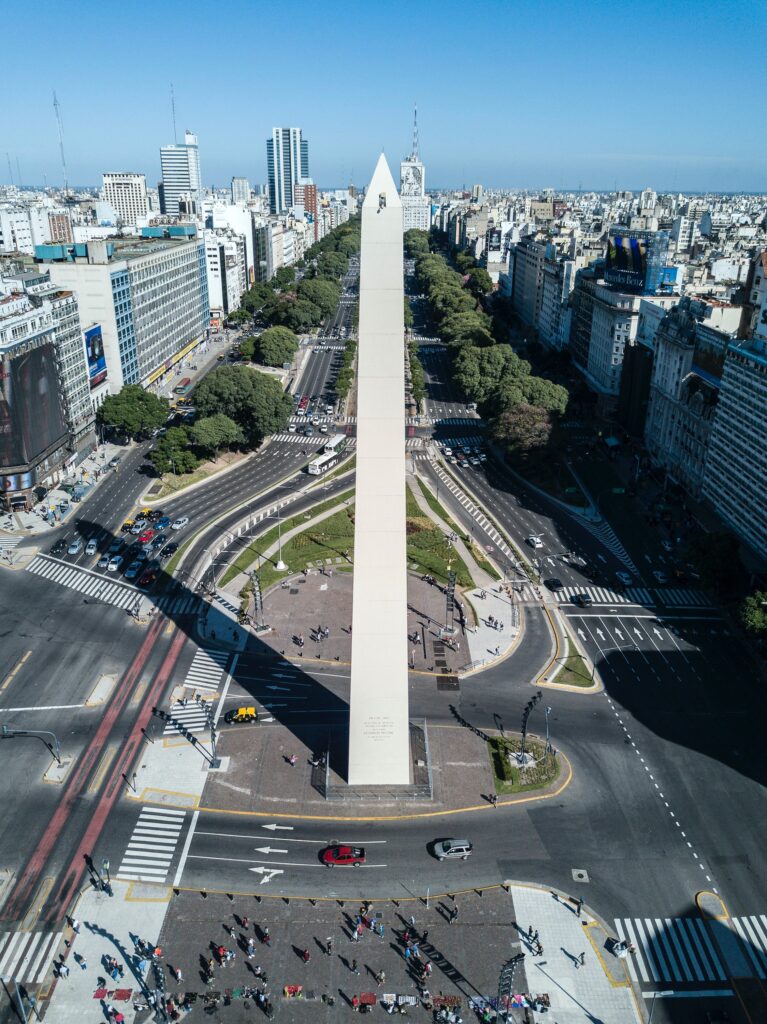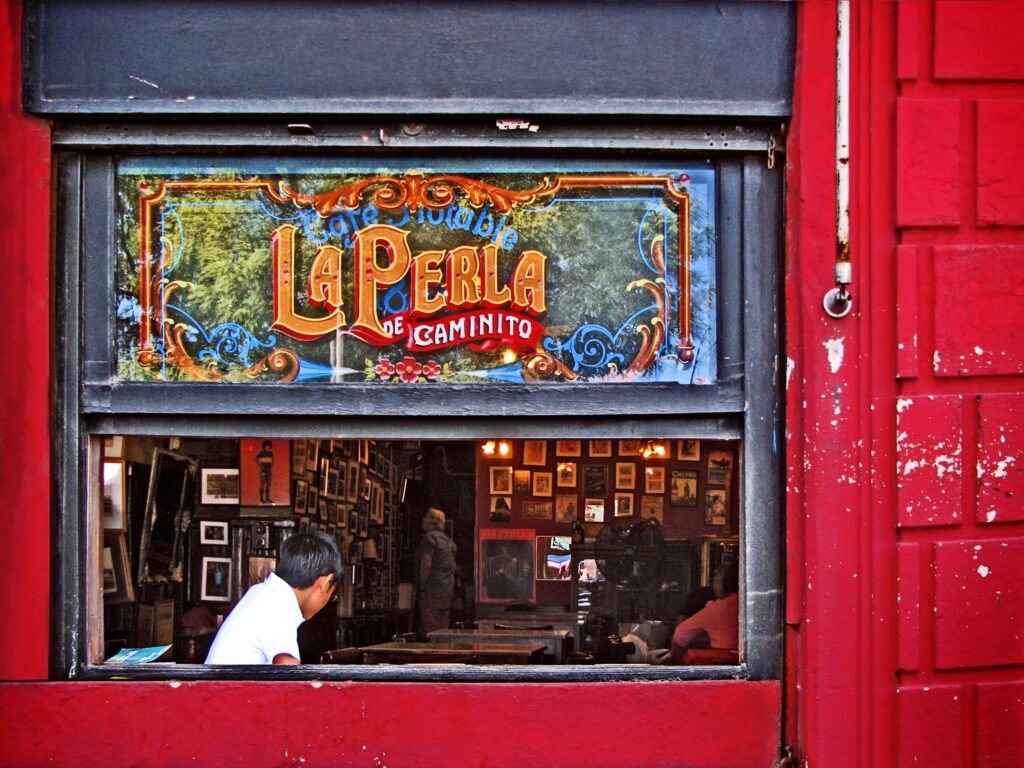An economic overview: GDP, Industries and the fallout
With a GDP of approximately $455 billion, Argentina is the third-largest economy in Latin America, behind Brazil and Mexico. Moreover, with an abundance of natural resources, like fertile land and gas reserves, it is one among the three countries that form a part of the Lithium Triangle apart from Bolivia and Chile.
Concerning the main sectors of the economy, it has an export-oriented agricultural sector contributing 6.8% to GDP, mainly based on cereal cultivation like wheat, corn, and soy. Argentina is the largest exporter of soy products and biodiesel. With an extensive capacity for biofuel production, the renewable energy sector holds potential. There is also a thriving livestock industry as the Pampas of Argentina offer a vast open grassland for rearing cattle.

The industrial sector accounts for 22.5 percent of GDP, focusing on food processing and packaging, such as meatpacking and flour milling. The services industry, including software development, tourism, and other services, contributes the most at 54.3%
However, there is little national development due to historically unstable economic growth. The factors responsible have been multiple, from huge external debt from the IMF to default payments. Similarly, macroeconomic mismanagement, a high inflation currency crisis, and a higher fiscal deficit.

The social and economic impact of COVID-19
The pandemic was even more challenging for Argentina due to its fiscal imbalances and high public debt burden. Furthermore, the pre-COVID economy had not rebounded since the recession of 2018, resulting in more than 50% inflation rate and poverty headcount being 35%.
The GDP contracted by 10% in 2020 due to a triple economic shock-
- A supply shock propelled by the shut down of manufacturing plants
- A demand shock due to social isolation, rise in unemployment
- A financial surprise as consumption declines puts small and medium companies at risk.
The economy got stuck in a vicious circle of decreasing consumption, lower employment, and reduced foreign investment.

Affected areas
Foreign trade: a slump seen in agriculture commodities due to a decrease in the export volume during the peak of the pandemic, coupled with unfavourable weather conditions in turn affecting foreign trade, tax revenue, FOREX reserves.
Travel and tourism: The industry is a significant source of foreign exchange and employment in some regions of Argentina. But the ban on the arrival of non-resident foreigners and suspension of domestic flights severely affected the economy.

Financial market: the weakened investor confidence seen due to worse fiscal indicators. Also, the sovereign debt renegotiations had an impact on financial inflows.
The Oil crisis: The Vaca Muerta shale basin located in the oil-rich Neuquén province, estimated to be the second-largest shale deposit in the world, along with the overall oil industry hit hard by the COVID-19 pandemic.
Argentina COVID-19 preparedness and response efforts
Despite the tremendous fiscal challenges, the government acted swiftly and decisively. The steps taken were rapid detection, isolation, and care, contact tracing, quarantining contacts, and scaling the health ecosystem. Simultaneously, the government increased social protection measures to mitigate the social-economic consequences from the extensive lockdown.

With all these measures, Argentina initially flattened the curve. Some of the enabling factors were: strong leadership, rapid implementation of evidence-based guidance and WHO recommendations, Effective communication & community engagement utilising an adaptive strategy from lessons learned locally and abroad.
The much-awaited economic revival:
The South American nation has seen its economy recover more quickly than expected after taking a big hit from COVID-19. The double-digit contraction in the third quarter of 2020 to 11.9% expansion in the same quarter of 2021 was possible as tourism, manufacturing & construction picked up along with the gradual economic reopening of hotels and restaurants due to improved vaccination rates.

As quoted by a Goldman Sachs Group Inc. economist– The recovery of activity in June-Sept 2021 reflects a combination of low base effects and the improving Covid mobility.
10 lessons to learn from Argentina’s economic surge:
Progressive Economic Reforms
- The resilience and attentiveness shown in the face of a crisis is an example to learn. It is admirable that a new economic plan to reduce the debt is in place. Backed by a $50 billion Stand-By Arrangement from the IMF, has been put in place to restore market confidence in the economy.
- All emerging market economies should focus on the government’s principal goal of reducing the fiscal deficit and balancing spending with revenue by cutting subsidies and cash transfers.
- Advancement in public finances due to higher and more progressive tax rates on wealth and corporate income is a step in the right direction to address income inequality. Thereby improving its Gini coefficient score.
- Argentina’s achievement in working with the IMF to restructure debt despite the lack of an insolvency and bankruptcy framework has set a new standard for national debt restructuring in Latin America and beyond. It demonstrates that good faith between debtor and creditor can result in significant debt relief while reducing litigation.

Dynamic Economic Reforms
- The growth in gross fixed capital formation (GFCF) as one of the principal metrics of national income is a significant step towards economic recovery.
- The fiscal rebalancing without affecting the most vulnerable sections and focus on reallocation, redistribution and rationalising the tax system facilitated poverty reduction.
- The focus on Inflation targeting price stability by the central bank improved purchasing power of consumers and consumption expenditure, in turn, raised GDP growth rate.
- Argentina performs best in human capital and research & business sophistication according to the Global innovation index 2021. Both these indicators drive economic growth and promote FDI.
- Due to agroindustrial sales, industrial manufacturing, primary products, fuel and energy, the trade balance was surplus in December 2021. The rebound in production was more than expected, soaring the retail sales.
- The revival of the left-wing government in Argentina in the 2019 elections, headed by President Alberto Fernandez, is a clear example of general dissatisfaction with the right-wing neoliberal policies heading nations towards economic disaster.

The way ahead:
Argentina needs to integrate well into the global supply chain by reducing the tariff and non-tariff barriers to international trade and reducing the domestic regulatory burden. It will strengthen competition and exports, create better-paying jobs and address the balance of payment (BOP) challenges. Corollary to this, on the domestic front, the government should focus on improving education outcomes linked to socio-economic status and income equality, strengthening labour market policies, skillset, and social protection.
These reforms should complement efforts to increase the formalization of the service sector, which remains the most significant contributor to GDP, and build an efficient tax system.
Read more about Covid-19 and its impact on global Trade here! and the impact of the pandemic on the labour market here!
Also, explore an interesting read on: ASIA’S PANDEMIC BILLIONAIRES: THE HISTORIC WEALTH GAP BETWEEN RICH AND POOR
About the Author:
Manali Mathur

Manali Mathur is a freelance editor and research enthusiast. Although she enjoys open-hearted conversations about life, being an extrovert with humour comes in handy. She pursued a master’s in political science from Delhi University and was a former intern at NHRC, Delhi. Her core areas of interest lie in public policy, diplomacy, environment, governance, administration.







Nice summerized, with lots of facts and angles to look on.. a good read!
[…] You may also like to read ARGENTINA AND ITS ECONOMIC SURGE DESPITE PANDEMIC: LESSONS TO LEARN! […]